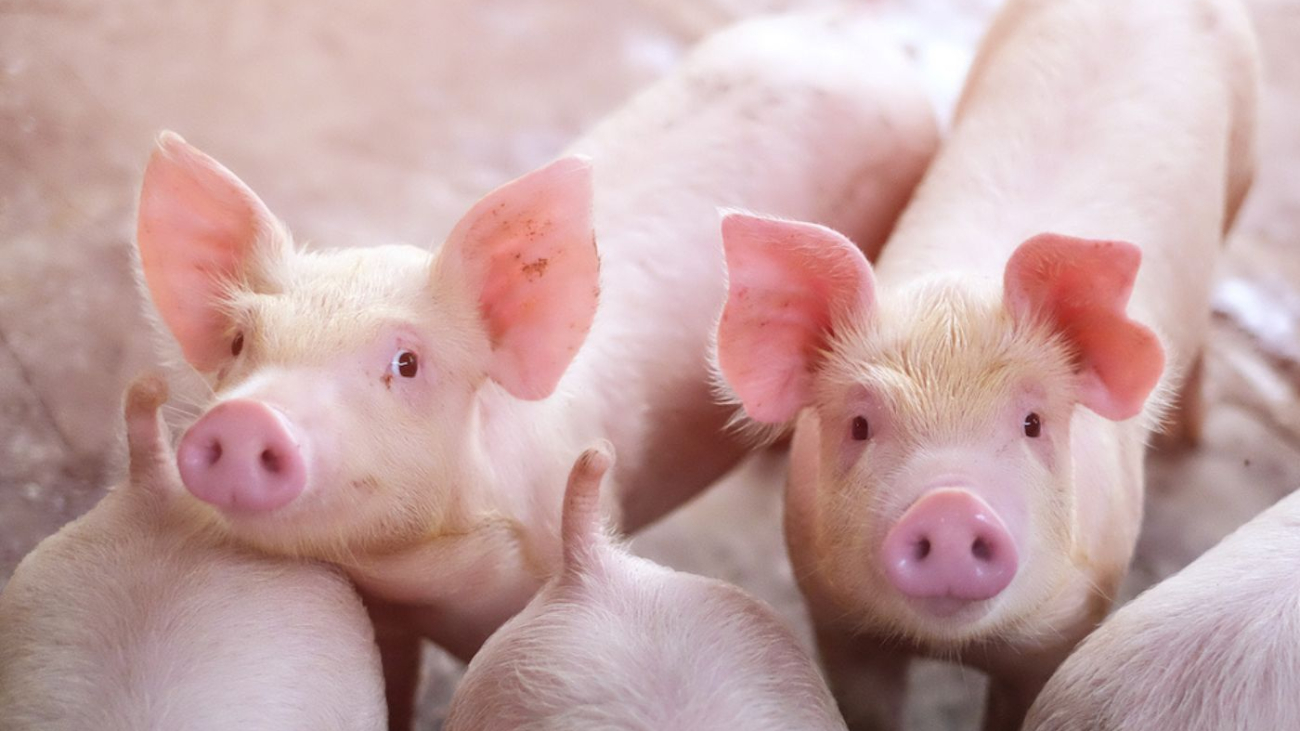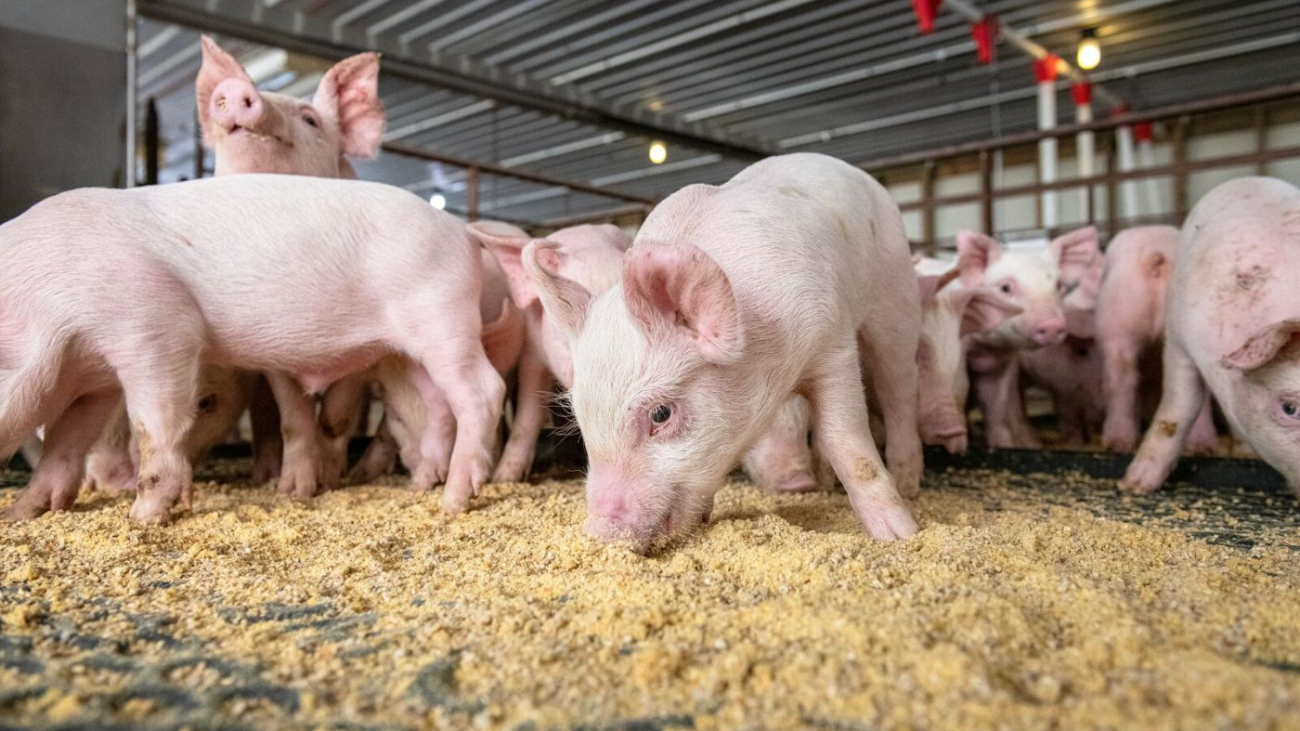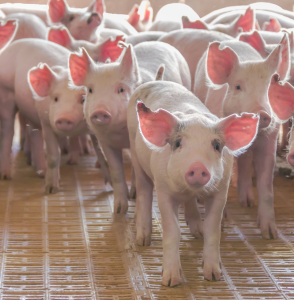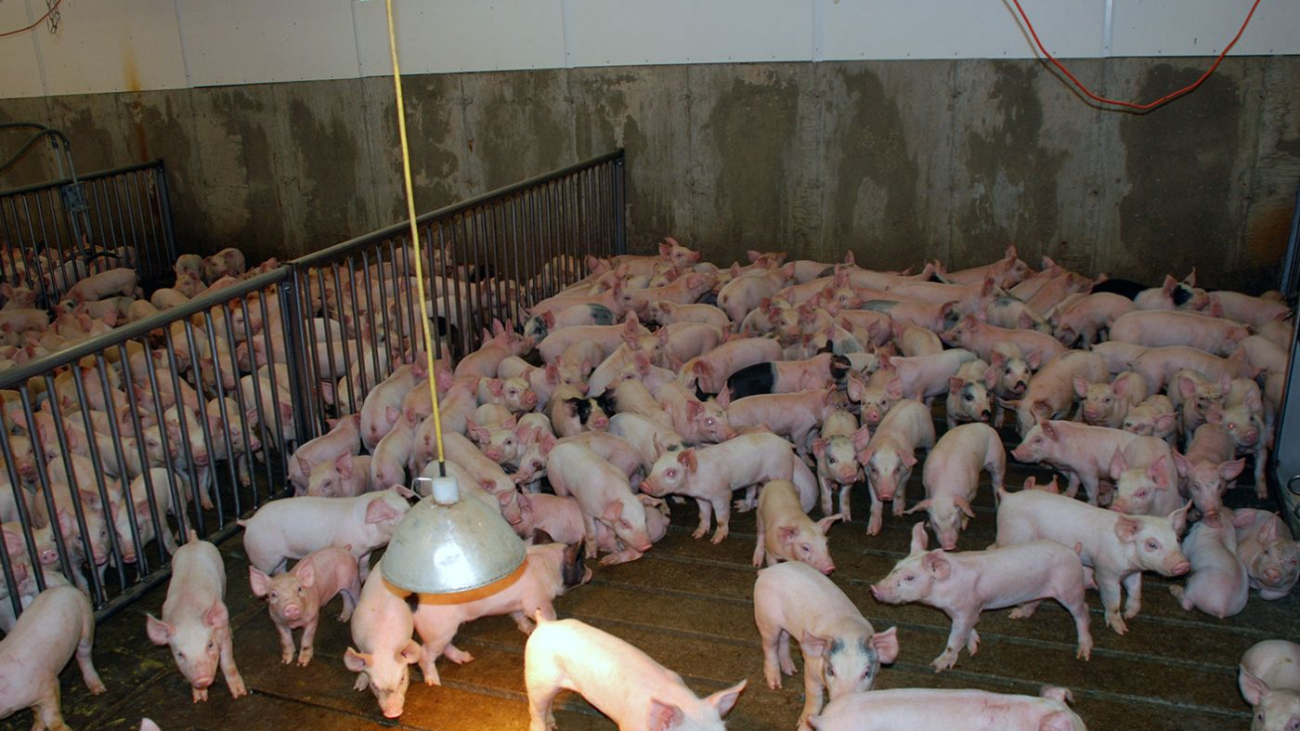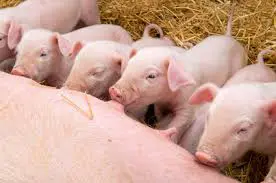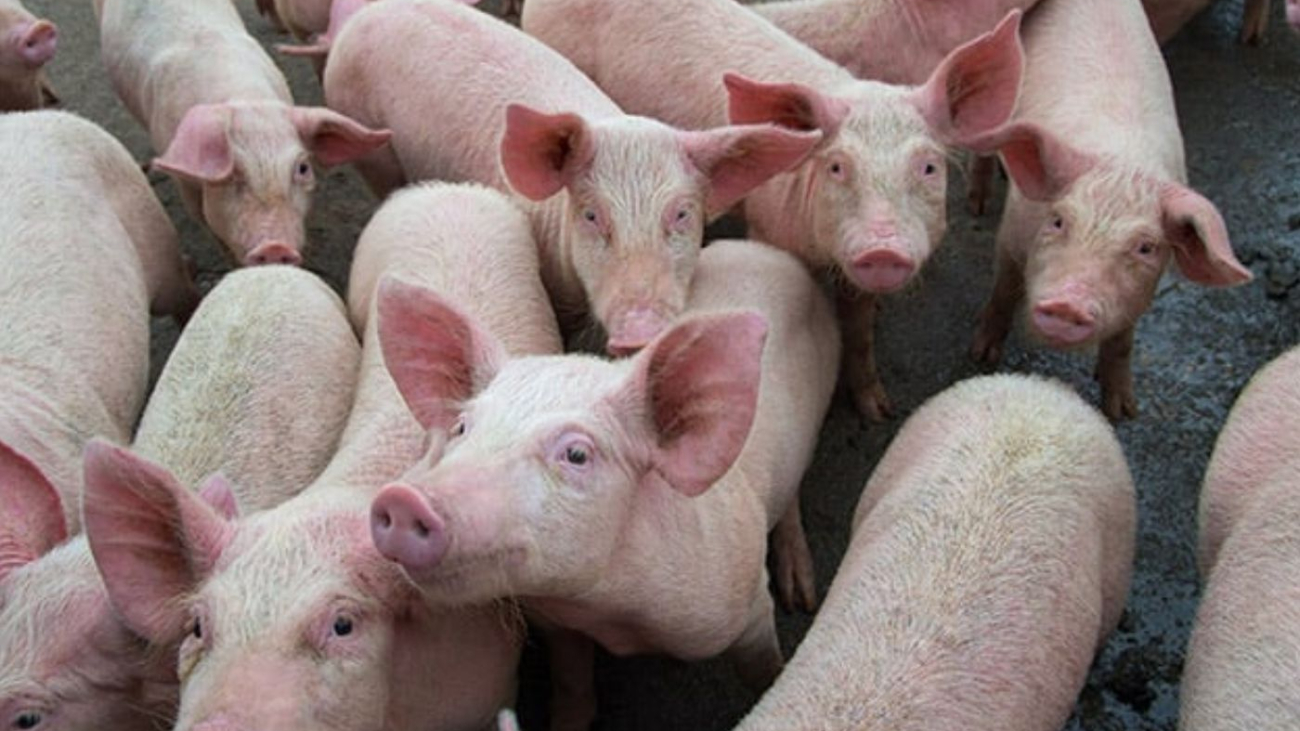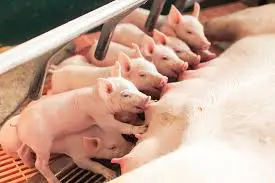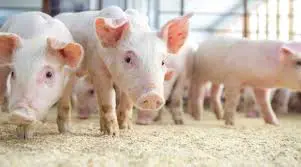Important considerations for swine producers
What is proposition 12?
The formal name of Proposition 12 is the Prevention of Cruelty to Farm Animals Act. This California ballot proposition was passed on November 6 ,2018, and established new minimum requirement for farmers to provide more space for egg-laying hens, breeding pigs, and calves raised for veal.
When is it going to be implemented?
January 1, 2022.
Who is going to be affected in the swine industry?
Prop 12 applies to all the pork sold in California, regardless of its origin. Swine producers, slaughterhouses, and retail plants that sell pork for consumption in California will have to adapt to it if they want to continue selling to California.
P.S.: It applies to all pork meat, but not to combination food products like hamburgers, pizza, or hot dogs.
Will it cause reproductive losses?
Yes. It’s estimated that there will be a 3-5% loss in farrowing rate when sows are housed following the new pen size requirement.
Did the swine industry oppose it?
Yes. The North American Meat Institute filed its lawsuit in October 2019. It argued that Proposition 12 violates the Constitution’s Commerce Clause because it imposes restrictions on other states and interferes in free trade among the states guaranteed by U.S. law. However, this lawsuit was ineffective, and Prop 12 will enter into effect on January 1, 2022.
Why should I adapt to it?
California comprises 12% of the U.S. population, but the state has only about nine thousand sows. Its estimates that only 4% of U.S. sow farms are currently adapted to Proposition 12. This could present an opportunity for producers to sell pork at a higher price since few farmers have made the necessary changes to sell to the California market. In turn, this could also cause a short-term pork shortage within the state.
How much will it cost swine producers to adapt?
Analysts estimate it will cost around $1,600 to $2,500 per sow.
Some essential considerations swine producers should consider when adapting to Proposition 12 are listed below:
For sow farms:
- All reproductive females 180 days of age or older are impacted.
- Each female pig of sow must have at least 24 ft 2 of usable floor space (either in a crate system or a group sow housing – pens).
- Females must be able to turn around freely without touching the sides of their enclosure.
Exceptions – when a sow can be housed in a non-prop 12 gestation stall:
- When a sow undergoes individual treatment of recovering from injury.
- During transportation.
- At exhibitions.
- For specific husbandry proposes, such as artificial insemination (AI) and pregnancy check with an ultrasound, but for no more than 6 hours in a day.
- Five days before the expected farrowing date.
- Sows can be housed in farrowing crates during lactation while nursing piglets.
Specialists cite 3 options that will allow producers to adapt:
- Reduce the sow herd (providing more space to each sow during gestation reduces the total number of sows in the barn).
- Expand gestation facilities (build more area in a barn or convert to an on-sire GDU (gilt development unit) and bring gilts in late).
- Convert part of the farrowing crates to gestation space.
Other specialists’ recommendations:
- 2 to 4% of non-prop 12 gestation crates should be kept in the barn for individual treatment.
- Maintain pen integrity. Avoid mixing sows in pens as much as possible to avoid fights.
- Install free access crates to minimize fighting, and increase the ease of AI and pregnancy checks.
- Although prop 12 doesn’t regulate farrowing crates, producers should continue to think ahead and anticipate what might be coming next, such as farrowing crates that allow sows to turn around.
For finishing farms, slaughterhouses, and retail plants:
- If selling to the California market make sure to only purchase pigs from sow farms that comply with Prop 12.
- If selling pork to other states within the U.S., buy a portion of your pigs from farms that are in accordance with Proposition 12.
- Slaughterhouse sow pens must be 24ft2.
- Exception: Immediately before slaughter.
Although highly criticized, Proposition 12 is a reality, and producers must adapt to continue selling pork to the California market. The European Union, New Zealand, Australia, and Canada have already banned – or are in the process of prohibiting – gestation crates. Also, large pork producers (Smithfields, Cargill, and Hormell) and fast food companies (McDonald’s, Burger King) made public compromises only to sell or distribute gestation crate-free pork. The topic of gestation crates will continue within the swine industry for years to come. Although it has come by way of imposition, swine producers will probably have to eventually adapt to this new reality.
Do you want to know more about the topic?
Watch #88 Episode of the Swine It Podcast – Prop 12: now what? with Dr. Hyatt Frobose
References
/Prop12.html NAMI – North America Meat Institute. North American Meat Institute Asks Supreme Court to Review Case Against California’s Prop 12. February 26, 2021. https://www.meatinstitute.ord/ht
/display/ReleaseDetails/i/188651 The New York Times. McDonald’s Set to Phase Out Suppliers’ Use of Sow Crates. February 13, 2012. https://www.nytimes.com/2012/
02/14/business/mcdonalds-vows-to-help-end-use-of-sow-crates.html Los Angeles Times. Burger King promises to use cage-free eggs and pork. October 11, 2012. https://www.latimes.com/
business/la-fi-mo-burger-king-cage-free-20120425-story.html Cargill. Cargill moves to group housing for company’s sows; firm’s sow facilities to be completed by end of 2015. June 9, 2014. https://www.cargill.com/news
/releases/2014/NA31657661.jsp Smithfield Foods. Smithfield Foods Achieves Industry-Leading Animal Care Commitment, Unveils New Virtual Reality Video of its Group Housing Systems. January 8, 2018. https://www.smithfieldfoods.com
/press-room/company-news/smithfield-foods-achieves-industry-leading-animal-care-committment-unveils-new-virtual-reality-video-of-its-group-housing-systems National Hog Farmer. Hormel Plans Phase-Out of Gestation Crates by 2017. February 02, 2012. https://www.nationalhogfarmer
.com/animal-well-being/hormel-plans-phase-out-gestation-crates-2017 Swine it Podcast Show. Episode 88, Dr. Hyatt Frobose – Prop 12: now what?. April 12, 2021. https://youtu.be/wxnm5Yag4hc
